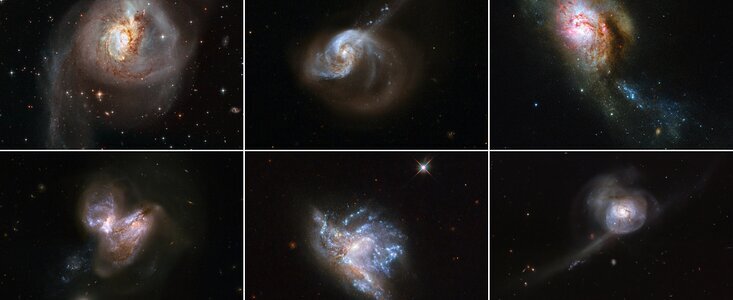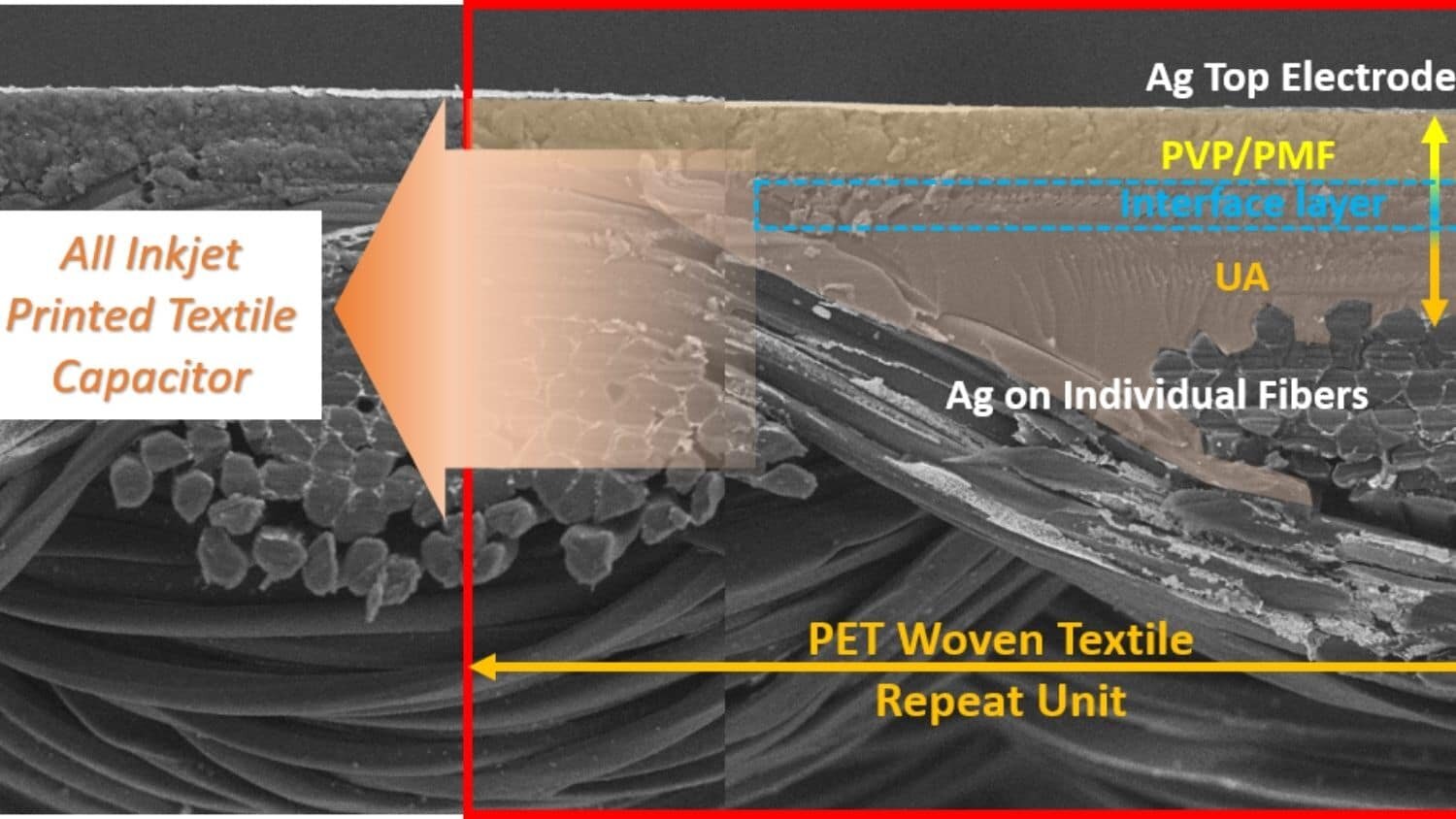#Hubble showcases six beautiful galaxy mergers

“#Hubble showcases six beautiful galaxy mergers”

It is during rare merging events that galaxies undergo dramatic changes in their appearance and in their stellar content. These systems are excellent laboratories to trace the formation of star clusters under extreme physical conditions.
The Milky Way typically forms star clusters with masses that are 10 thousand times the mass of our Sun. This doesn’t compare to the masses of the star clusters forming in colliding galaxies, which can reach millions of times the mass of our Sun.
These dense stellar systems are also very luminous. Even after the collision, when the resulting galactic system begins to fade into a more quiescent phase, these very massive star clusters will shine throughout their host galaxy, as long-lasting witnesses of past merging events.
By studying the six galaxy mergers shown here, the Hubble imaging Probe of Extreme Environments and Clusters (HiPEEC) survey has investigated how star clusters are affected during collisions by the rapid changes that drastically increase the rate at which new stars are formed in these galaxies. Hubble’s capabilities have made it possible to resolve large star-forming ‘knots’ into numerous compact young star clusters. Hubble’s ultraviolet and near-infrared observations of these systems have been used to derive star cluster ages, masses, and extinctions and to analyze the star formation rate within these six merging galaxies.
The HiPEEC study reveals that the star cluster populations undergo large and rapid variations in their properties, with the most massive clusters formed towards the end of the merger phase.
Milky Way galaxy ‘reverse engineered’
A Adamo et al, Star cluster formation in the most extreme environments: insights from the HiPEEC survey, Monthly Notices of the Royal Astronomical Society (2020). DOI: 10.1093/mnras/staa2380
Citation:
When galaxies collide: Hubble showcases six beautiful galaxy mergers (2021, January 7)
retrieved 7 January 2021
from https://phys.org/news/2021-01-galaxies-collide-hubble-showcases-beautiful.html
This document is subject to copyright. Apart from any fair dealing for the purpose of private study or research, no
part may be reproduced without the written permission. The content is provided for information purposes only.
If you liked the article, do not forget to share it with your friends. Follow us on Google News too, click on the star and choose us from your favorites.
For forums sites go to Forum.BuradaBiliyorum.Com
If you want to read more Like this articles, you can visit our Science category.


